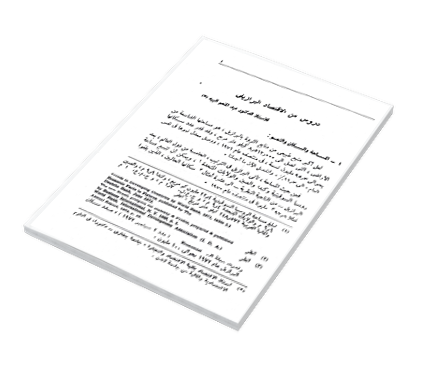Lesson from the Brazilian
DOI:
https://doi.org/10.37376/deb.v9i1.3014Abstract
Area, Population and Growth :
With an area of 3,287,000 square miles, Brazil is the fifth largest country in the world, after the USSR, Canada, China and the U.S.A. Its population was about 95.7 millions in mid 1971 and is estimated now at about 100 paillons. The average annual growth rate of population is 3.2% Brazil is composed of a complex mixture of lands and people. In 1965, 48 millions lived in the South with about $ 400 per year, whereas 27 million poor inhabitants, with an average income of about $ 100 yearly, lived in the north east. Although Brazil has tremendous resources available and had already started industrialization called years ago, yet average per capita income has increased very little from $ 147 in 1950 to $ 231 in 1969) as compared with $ 1410 in Puerto Rico, $ 1000 in Venezuela and $ 1060 in Argentina. Average growth rate for Brazil was 1.4% between 1960 and 1969, compared with 6% for Puerto Rico, 2.5% for Venezuela and 2.6% for Argentina. In Brazil. the rich and poor are still living in a constant adventure, two nations in one. Poverty holds about %40 of the people and illiteracy spreads over 35%.
Downloads

Downloads
Published
How to Cite
Issue
Section
License
Copyright (c) 2022 Dirasat in Economics and Business

This work is licensed under a Creative Commons Attribution-NonCommercial-NoDerivatives 4.0 International License.







